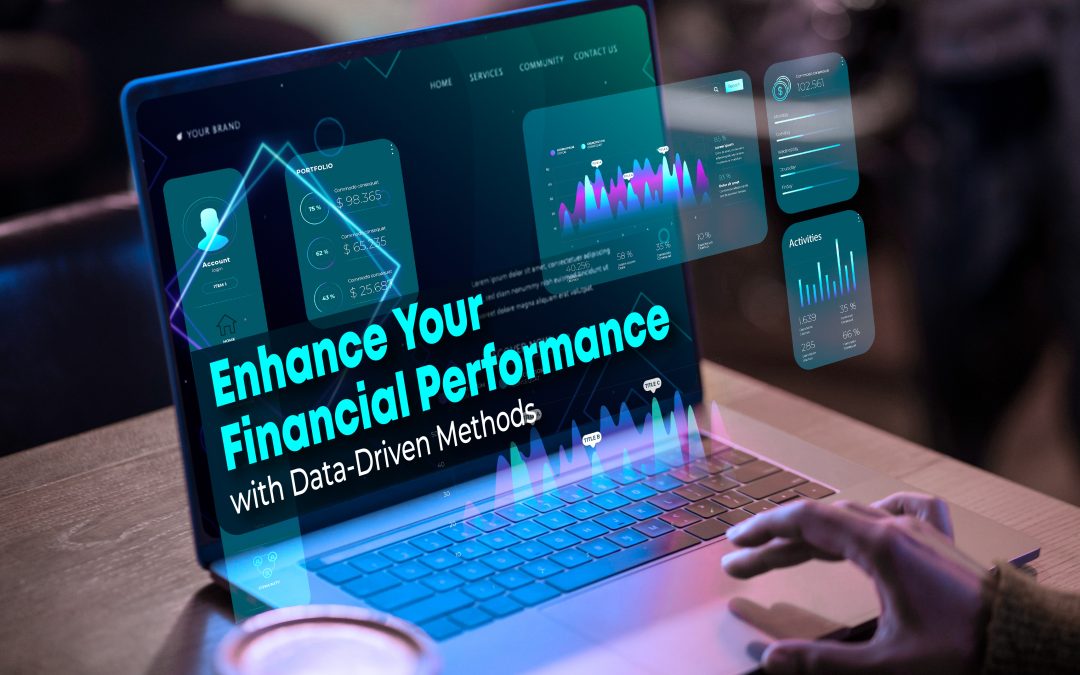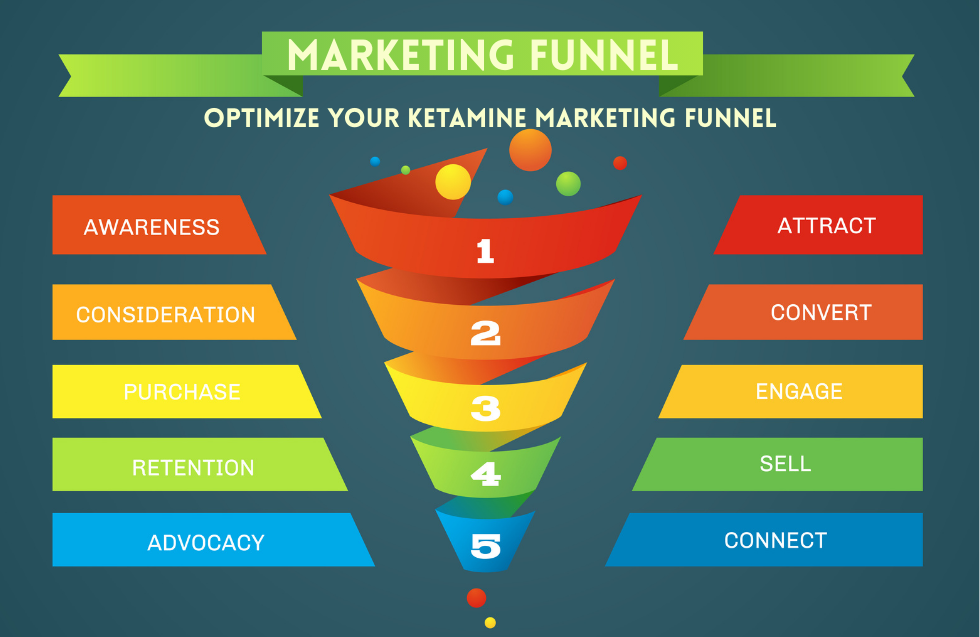In the modern era, data is king. The ability to analyze and interpret data can drastically enhance financial performance for both businesses and individuals. Data-driven methods provide insights that drive informed decision-making, optimize operations, and boost profitability. This blog explores various data-driven methods, their applications, and their impact on financial performance, along with examples of successful companies and the tools they use.
What Are Data-Driven Methods?
Data-driven methods involve using analytical techniques to extract meaningful insights from data. These methods include predictive analytics, machine learning, statistical analysis, and more. They help in identifying trends, forecasting future outcomes, and making strategic decisions based on data rather than intuition.
How Data-Driven Methods Enhance Financial Performance
In Business
- Predictive Analytics
- Definition: Predictive analytics involves using historical data to forecast future events and trends. It utilizes statistical algorithms and machine learning techniques to predict outcomes.
- Application: Businesses use predictive analytics for sales forecasting, customer behavior analysis, and risk management.
- Impact: Helps in reducing risks, optimizing inventory, and making proactive business decisions.
- Example: Retailers use predictive analytics to anticipate demand for products during different seasons, reducing overstock and stockouts.
- Tools:
- IBM SPSS: A comprehensive statistical analysis software for predictive analytics.
- SAS Advanced Analytics: Provides a wide range of statistical tools for data analysis.
- Customer Segmentation
- Definition: Customer segmentation divides a customer base into distinct groups based on similar characteristics such as demographics, buying behavior, and preferences.
- Application: Tailoring marketing campaigns to specific segments to increase relevance and effectiveness.
- Impact: Increases customer satisfaction, improves marketing ROI, and boosts sales.
- Example: A fashion retailer segments customers into groups based on age, style preferences, and purchasing behavior to send personalized marketing messages.
- Tools:
- HubSpot: Marketing, sales, and service software that helps in segmenting customers and personalizing campaigns.
- Klaviyo: An email marketing platform with powerful segmentation features.
- Financial Modeling
- Definition: Financial modeling involves creating representations of a company’s financial performance based on historical data and assumptions about the future.
- Application: Used in budgeting, forecasting, and strategic planning.
- Impact: Provides a clear picture of potential financial outcomes, aiding in better decision-making.
- Example: A startup uses financial modeling to forecast cash flow and assess the impact of different funding scenarios.
- Tools:
- Excel: Widely used for building financial models due to its flexibility and functionality.
- Anaplan: A cloud-based platform for collaborative planning and financial modeling.
- Supply Chain Optimization
- Definition: Supply chain optimization uses data to improve the efficiency and effectiveness of a supply chain.
- Application: Managing inventory, optimizing logistics, and enhancing supplier relationships.
- Impact: Reduces costs, improves delivery times, and increases overall efficiency.
- Example: A manufacturing company uses data to optimize its supply chain, reducing lead times and minimizing inventory costs.
- Tools:
- SAP Integrated Business Planning: A comprehensive solution for supply chain management.
- Llamasoft: Offers advanced analytics for supply chain optimization.
In Personal Finance
- Budget Tracking
- Definition: Budget tracking involves monitoring income and expenses to manage personal finances effectively.
- Application: Using apps and tools to track spending, set budgets, and plan for future expenses.
- Impact: Helps in saving money, reducing debt, and achieving financial goals.
- Example: An individual uses a budgeting app to track monthly expenses and identify areas where they can cut costs.
- Tools:
- Mint: A popular app for budgeting and expense tracking.
- YNAB (You Need A Budget): Helps users create and stick to budgets, reducing debt and increasing savings.
- Investment Analysis
- Definition: Investment analysis involves evaluating investment opportunities using data to inform decisions.
- Application: Analyzing stock performance, market trends, and portfolio diversification.
- Impact: Increases investment returns, reduces risk, and informs better investment decisions.
- Example: An investor uses data analytics to assess the potential returns and risks of different stocks before making investment decisions.
- Tools:
- Morningstar: Provides data and analysis on a wide range of investment options.
- E*TRADE: Offers tools for investment analysis and portfolio management.
- Credit Score Monitoring
- Definition: Regularly checking and analyzing credit scores to maintain financial health.
- Application: Using credit monitoring services to track credit health and identify potential issues.
- Impact: Helps in securing loans with better terms, avoiding identity theft, and maintaining a good credit score.
- Example: An individual uses a credit monitoring service to keep track of their credit score and receive alerts about any changes.
- Tools:
- Credit Karma: Offers free credit scores, reports, and personalized recommendations.
- Experian: Provides credit monitoring and identity theft protection services.
Companies Using Data-Driven Methods for High Financial Performance
- Amazon
- Methods: Predictive analytics, customer segmentation, and supply chain optimization.
- Results: Streamlined operations, improved customer experience, and significant revenue growth.
- Details: Amazon uses predictive analytics to forecast demand, customer segmentation to tailor marketing efforts, and supply chain optimization to ensure fast and efficient delivery.
- Netflix
- Methods: Predictive analytics and customer segmentation.
- Results: Personalized content recommendations, high customer retention, and increased subscriber base.
- Details: Netflix uses predictive analytics to recommend shows and movies based on viewing history and customer segmentation to tailor content to different audience segments.
- Walmart
- Methods: Predictive analytics and supply chain optimization.
- Results: Efficient inventory management, reduced costs, and enhanced customer satisfaction.
- Details: Walmart uses predictive analytics to manage inventory levels and optimize supply chain processes, ensuring products are available when and where customers need them.
Software and Tools for Data-Driven Methods
For Businesses
- Tableau
- Function: Data visualization and business intelligence.
- Benefits: Simplifies data analysis and helps in making informed decisions.
- Features: Interactive dashboards, data blending, real-time analytics.
- SAS
- Function: Advanced analytics, multivariate analyses, business intelligence, and data management.
- Benefits: Provides powerful analytics solutions for large-scale data processing.
- Features: Predictive modeling, data mining, statistical analysis.
- SAP
- Function: Enterprise resource planning and data management.
- Benefits: Integrates various business processes and enhances operational efficiency.
- Features: Real-time data processing, comprehensive analytics, scalability.
- Microsoft Power BI
- Function: Business analytics service.
- Benefits: Provides interactive visualizations and business intelligence capabilities.
- Features: Data connectors, custom visualizations, collaboration tools.
For Personal Finance
- Mint
- Function: Budget tracking and personal finance management.
- Benefits: Helps track spending, manage budgets, and set financial goals.
- Features: Expense tracking, budget planning, bill reminders.
- Personal Capital
- Function: Investment tracking and financial planning.
- Benefits: Provides insights into investment performance and net worth.
- Features: Portfolio analysis, retirement planning, fee analyzer.
- Credit Karma
- Function: Credit score monitoring and financial advice.
- Benefits: Offers free credit scores, reports, and personalized recommendations.
- Features: Credit monitoring, personalized financial recommendations, identity theft protection.
- YNAB (You Need A Budget)
- Function: Budgeting and personal finance management.
- Benefits: Helps users create and stick to a budget, reducing debt and increasing savings.
- Features: Budgeting tools, goal tracking, financial education resources.
Conclusion
Data-driven methods are essential for enhancing financial performance in both business and personal finance. By leveraging predictive analytics, customer segmentation, financial modeling, and other techniques, businesses can make informed decisions that drive growth and efficiency. Similarly, individuals can use budget tracking, investment analysis, and credit score monitoring to achieve financial stability and growth. Companies like Amazon, Netflix, and Walmart have demonstrated the success of these methods, and with the right tools and software, anyone can harness the power of data to improve their financial outcomes.













